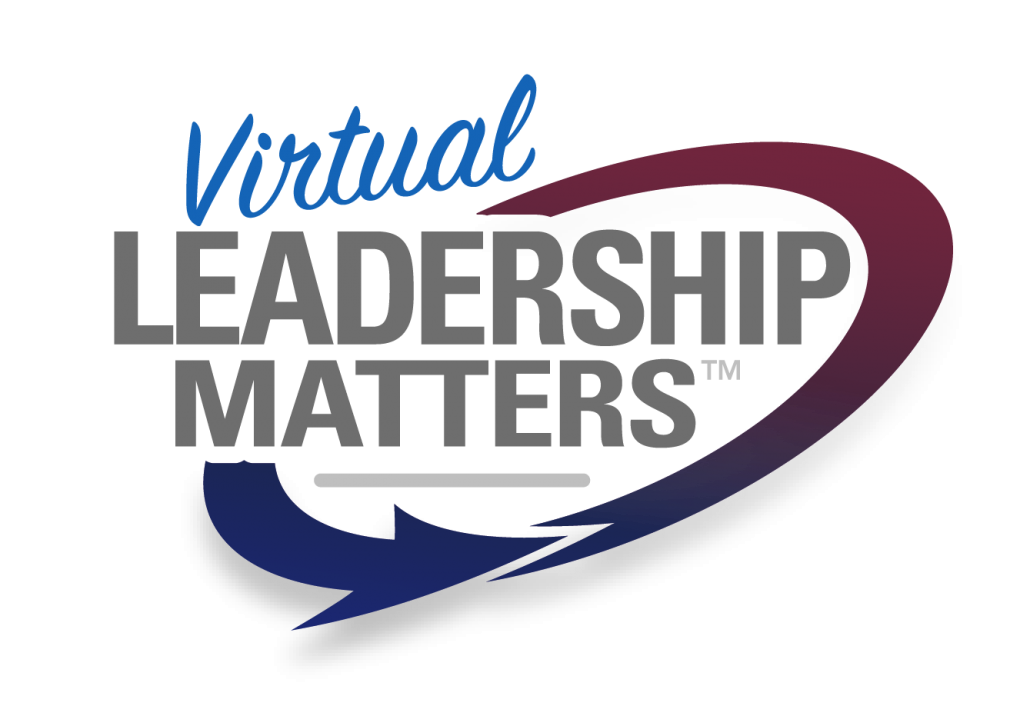Setting Expectations Using the 4 C’s Framework
Setting proper expectations for employees working remotely is critical to managing performance. One of the most well-known methods used today is the setting of SMART goals. While this framework can be helpful, there is a more comprehensive model better suited for managing a remote team. This preferred model for setting expectations is outlined using what we call the 4 C’s: Context, Clarity, Conditions and Commitment. In this blog, we will explore each component of the 4 C’s and provide actionable steps you can take today to improve your ability to manage employees remotely.
The First C – Context
Context is the overall purpose of an assigned role and how it fits into the bigger picture of the organization. Context gives meaning to the work and promotes more commitment from the employee. Work is more meaningful when you understand the value it contributes to the overall success of the team/organization. The more an employee sees value in what they do, the more committed they will be their work. For example, the employee in the accounting department is tasked with producing a quarterly budget report. When assigning this role, begin by describing how the report will help the leadership team make more informed decisions. This context shows the employee’s efforts as a contribution to strategic decision making rather than merely a collection of data.
The Second C – Clarity
Clarity is the understanding of what is expected in an assigned role. A useful framework for providing clarity to employees is to set goals that are action oriented, inspiring, measurable, and shared. We will can call this AIMS for short.
Action oriented – The first step is to outline all of the tasks and activities involved in achieving the end goal. Think of this as the job description for a particular role. For instance, if the goal set by a leader is “get better at financial reporting” potential action-oriented activities could be to scan reports for errors, obtain data on time and offer suggestions on how to improve the report. Describing these activities and connecting them to the end goal brings clarity to broad goals that come across as too vague.
Inspiring – The goal should connect to the intrinsic motivation of the employee and feel like an impressive accomplishment once completed. Inspiring goals are not so difficult that they seem unachievable. They should, however, require the employee to move beyond their current comfort zone and develop in the process of achieving their goal. Inspiring goals are best set with the participation of the employee for increased commitment.
Measurable – Metrics that enable an assessment of the level of achievement of a goal are important. Metrics can be tangle or intangible. The metrics should also include the timeframe over which they are calculated. Let us return to our previous example and bring clarity by including measures of progress. The goal “get better at financial reporting” can be measured by tracking the frequency of errors found in reports, the date of submission relative to set deadlines or the number of suggestions offered by the employee each quarter.
Shared – A shared goal includes other team members in the pursuit of a set goal. Research published out of Stanford University concluded that feeling part of a team increased people’s engagement and performance when completing difficult tasks. One method of sharing goals is the use of accountability partners. All feedback given between partners should be specific and focus only on the behaviour and not the person themselves. For example, “you did – (specific action done) – really well because it achieved – (describe impact)” versus making a statement such as “you’re smart”.
The AIMS framework can be used when setting expectations to create clarity for those you manage. Doing so will improve the focus and productivity of your team members. AIMS will also make delivering feedback easier as employees will already clearly understand how they are being measured.
The Third C – Conditions
Conditions describe the level of autonomy that an employee is given to perform their work and make decisions without needing to check-in for approval. Outlining conditions are especially important when managing employees that work remotely. The conditions you set will directly impact your employee’s ability to operate independently and provide discretionary effort.
An outline of conditions includes a discussion on topics such as:
- Process requirements
- Level of autonomy
- Monitoring and reporting
Process Requirements
First, outline the process requirements that cannot be changed. Process requirements are often mandatory steps set by legislative regulation, through a collective agreement, by an ISO standard or other standards body. Many organizations and industries have mandatory processes that cannot be changed. The more process requirements there are, the less autonomy and degrees of freedom will be available to the employee. Ideally, a leader wants to provide more decision-making freedom to employees rather than less in regards to how they accomplish their tasks. However, it is our responsibility to ensure that employees are aware of and respect all requirements (legal, necessary policy, etc.) in their work process. Identify process requirements by asking “is this a process requirement that simply cannot be changed?” and discuss each with those you manage.
Process requirements may be set according to the preferred methodology of the leader or organization. Perhaps years of experience has revealed to a leader an ideal method of completing a task that their employees are unaware of or there may exist a company policy that outlines required steps in a given activity. In cases such as these where the requirement is not a mandatory process outlined in legislative regulation or by a standards body, there is an opportunity for dialogue with the employees tasked with the work, so that they can provide their input on ways to modify the steps taken while still achieving the desired results in a more efficient or effective way. The more you can involve people in deciding how the work gets done, the greater the payback in commitment, discretionary effort and productivity.
Monitoring and Reporting
Outlining conditions also requires monitoring and reporting. Create a plan to follow up on the progress of the employee. The frequency of follow ups impacts perceptions of trust. A manager that checks in every day on a highly capable and committed employee might be inadvertently signalling a lack of trust in the employee’s ability. On the other hand, frequent follow ups with very inexperienced employees may be necessary for them to learn the ropes and avoid serious errors. Involve your employee in developing a plan for monitoring and reporting their progress. Employees will be more accountable for meeting deadlines and expectations that they helped set.
The Fourth C – Commitment
Build employee commitment by assigning them to roles/tasks they find more interesting. Identify areas of interest by involving them in discussions regarding the first three C’s. Listening to their input will likely highlight tasks that they have a strong interest in and what ones they do not particularly enjoy doing. Finding work that the employee enjoys doing is especially important if they are working remotely. Employees working remotely are more likely to only do the bare minimum that is required of them when they have no interest in their assigned work.
Key Insights
Use the 4 C’s model to better manage the performance of your employees working remotely. Make tasks meaningful by providing context on how it fits into the bigger picture of the organization’s goals. Use the AIMS framework to help employees understand exactly what is expected of them. Discuss process requirements and a monitoring plan with your employees to establish the right level of Autonomy. Lastly, look for opportunities to match your employee with work they find more interesting.
The Author
David Town, HBA, CHRL, ACC, is a facilitator and coach of leadership and management principles that enable individuals and organizations to build greater leadership competency, resulting in higher performance and higher employee engagement. David has a particular focus on effective leadership of virtual teams. David is a member of the Human Resources Professionals Association (HRPA), the International Coaching Federation (ICF) and is Co-Founder and Principal of Virtual Leadership Matters Inc.



